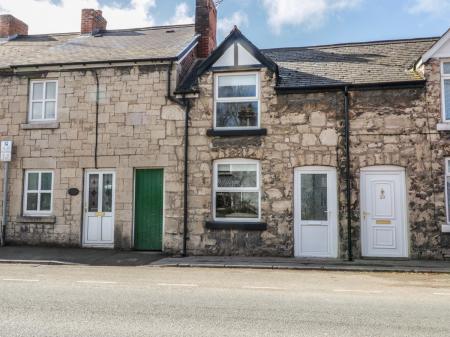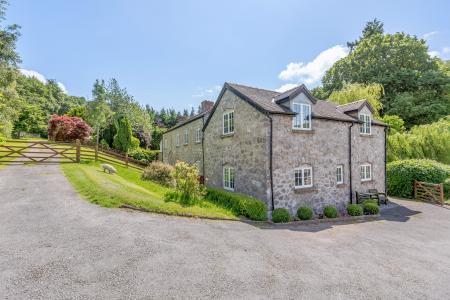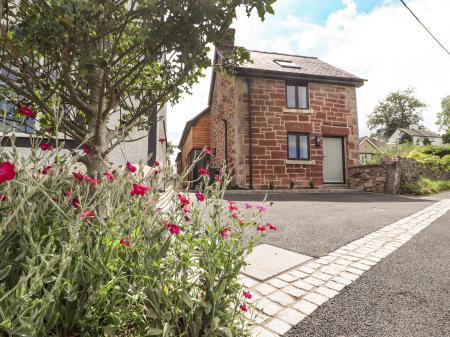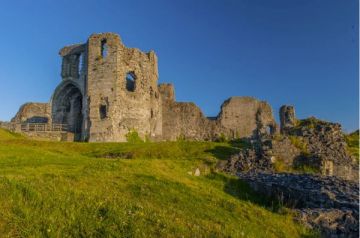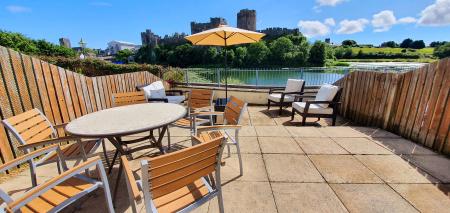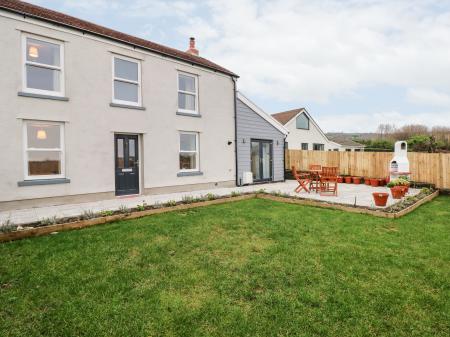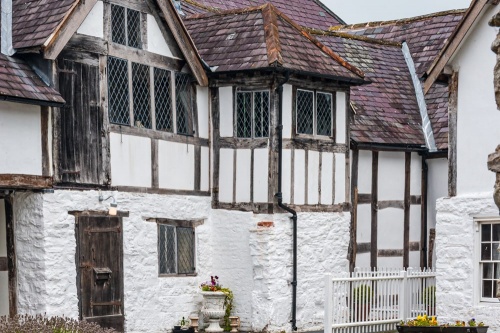
History
The attractive timber-framed Nantclwyd House (Nantclwyd y Dre in Welsh) stands on Castle Street, between Ruthin's attractive town square and the gates of Ruthin Castle. Nantclwyd is the oldest timber-framed house yet found in Wales, built around 1435, as evidence by tree-ring dating.
The house was expanded several times during the 16th and 17th centuries, with odd little wings and a jettied porch. It served as a school for girls in the Victorian period and as a rectory during the Edwardian era, as well as providing accommodation for visiting judges.

In the 20th century the house fell unused and was falling apart before the Denbighshire County Council stepped in and carefully restored it. The result is a wonderful historic house with interiors that span 500 years.
The interior displays are centred on the 'Seven Ages' of Nantclwyd, with a room devoted to each 'Age'. The rooms are arranged in reverse chronological order, so you start in the 1942 hall, then go back in time through the rector's study (1916). Next comes the 1891 schoolroom, leading to a Georgian bedroom decorated with Chinese wallpaper; a style that was quite fashionable in the Georgian period.
After the Georgian room comes a 1690s chamber with a lovely plasterwork ceiling, representing how it would have looked when Eubule Thelwall owned the house. Beyond is a Jacobean bedchamber with a hung bed. Look for the 'stool of ease' in the closet (a portable loo, offering a touch of real life to the tableau!).

The final room is a 'business room', arranged as it would have looked in 1435. What is really fascinating about this room is that it is almost completely unaltered since it was built. We know that the owner made a pilgrimage to Rome, for a hidden document was found during the house restoration recalling the journey.
Behind the house is a restored period garden with a lovely little summerhouse.
Visiting
Nantclwyd House has fairly limited opening times (I had to visit twice before I found it open), so please do check the official website before making a trip. You can still get a lot out of just viewing the exterior, though, as the timber-framing is excellent, and very well restored. The house interior is fascinating; I found myself really drawn into the history of the place.
When I visited there was a display of historical wedding clothes on show, which, although I wasn't sure really fit with the house, were actually quite intriguing historically. I loved how the house was arranged to take you further and further back in time, seeing how the house changed and how it was used for so many purposes over the centuries. I really got the sense that the restorers cared a great deal about the house, and its history, and that shines through in the displays.









